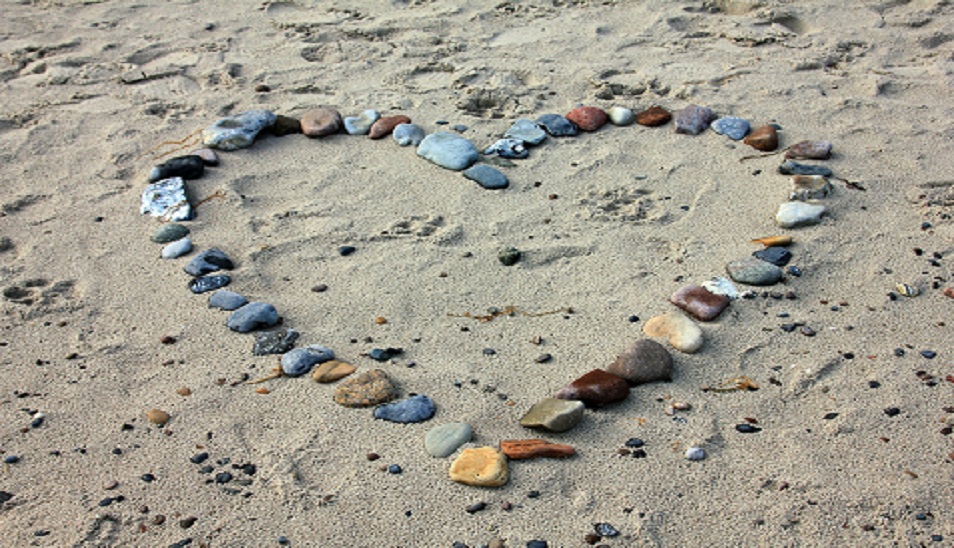You need cholesterol. Your body uses it to form cell membranes, bile acids, vitamin D, and many hormones, including the sex hormones, testosterone and estrogen. Your liver manufactures about two-thirds of your body’s cholesterol, and the other third comes from food and drinks. When your diet includes too much of the wrong kind of fat and to a lesser degree, cholesterol, it can lead to disease, especially in the heart and arteries.
Chances are you’ve heard of “good” and “bad” cholesterol. LDL, or Low Density Lipoprotein is made of a small amount of protein surrounding both fat and cholesterol. Your liver creates LDL in order to transport fat and cholesterol away from the liver and into your body’s cells. Everybody has LDL, but the typical American diet - high in saturated fat and trans fat – creates more than your cells can use. This excess LDL sticks to the linings of artery walls, forming a plaque. As plaque accumulates, it disrupts the flow of blood through your arteries. When it grows and ruptures, it can cause heart attack or stroke.
Your body’s natural defense against LDL is High Density Lipoprotein (HDL), or “good” cholesterol. You might want to think of HDL as a cleaning crew. It sweeps cholesterol from the blood and from the arteries and carries it back to the liver for excretion. The more HDL you have, the cleaner your blood and arteries. Exercise and eating healthy fats like those found in nuts, extra-virgin olive oil, avocadoes and fish can help keep HDL levels high.
In Good Health,
James O'Keefe, MD
Photo Credit: Pixabay Creative Commons





